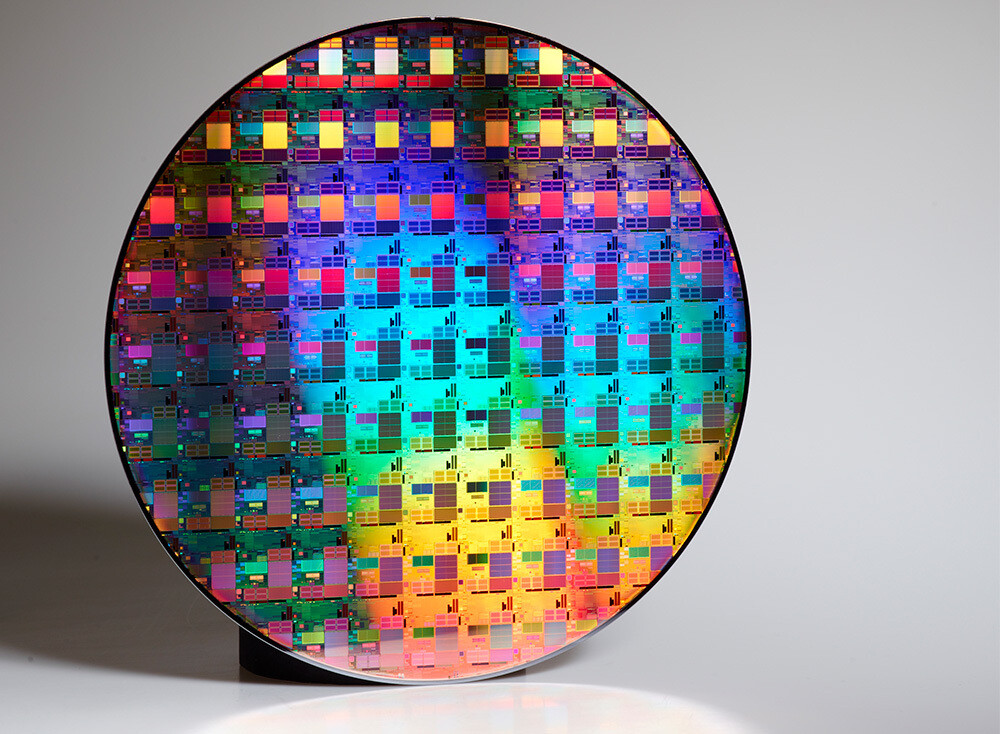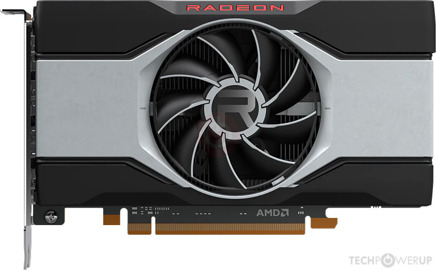- Joined
- Dec 16, 2017
- Messages
- 3,082 (1.13/day)
| System Name | System V |
|---|---|
| Processor | AMD Ryzen 7 9700X |
| Motherboard | ASRock X670E Pro Rs |
| Cooling | Deepcool AK620 // a bunch of 120 mm Xigmatek 1500 RPM fans (2 ins, 3 outs) |
| Memory | 2x16GB Kingston 6400MT CL32 |
| Video Card(s) | Gigabyte AORUS Radeon RX 580 8 GB |
| Storage | SHFS37A240G / DT01ACA200 / ST10000VN0008 / ST8000VN004 / SA400S37960G / SNV21000G / NM620 2TB |
| Display(s) | LG 22MP55 IPS Display |
| Case | NZXT Source 210 |
| Audio Device(s) | Logitech G430 Headset |
| Power Supply | XPG Core Reactor 750 W |
| Software | Whatever build of Windows 11 is being served in Canary channel at the time. |
TSMC stopped giving volume discounts, for starters. And newer nodes are more expensive than older ones.40CU/2560SP up to 2424Mhz on 251 mm2 die for $479??? That's Polaris sized GPU for God sake!
It'll be 12,4 TFlops at best... so 25% faster than 5700XT for 20% higher MSRP and 50% higher AIB prices. 5% added value in best case scenario and 45% price to performance regression in reality. AMD go eat Sh/t!
On that, some analysts believe the wafer cost for 7nm is more than double the cost for 16/12 nm.Where did you get Navi22 being 251mm2 from? That is the size of the 5700XT (Navi 12). Navi 22 is apparently 334mm2 (Navi 21 aka 6800/6900 is 520mm2). It is also on a much more expensive process than Polaris (7nm versus 12nm) so the die cost is likely double that of Polaris.

Alleged Prices of TSMC Silicon Wafers Appear
TSMC, one of the biggest silicon manufacturers in the world, usually doesn't disclose company pricing of the silicon it manufactures and only shares that with its customers. It appears that RetiredEngineer (@chiakokhua on Twitter) got a hold of the pricing of TSMCs wafers on every manufacturing...







